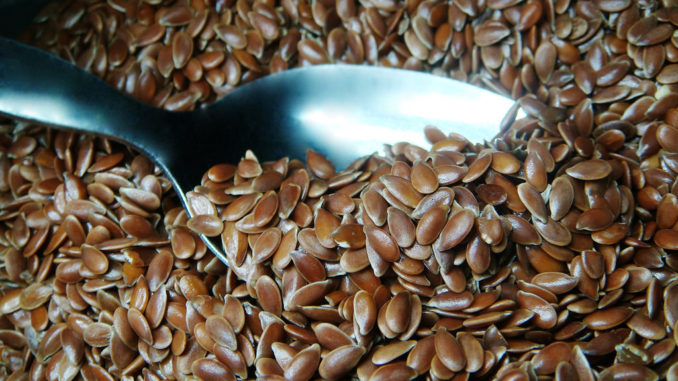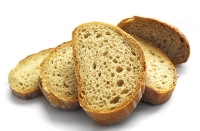
You have probably heard the old saying more than a few times, “an apple a day keeps the doctor away”; this could not be truer today.
Finally, people are realizing that the importance of a well-balanced diet that is full of high fibre foods.
Eating more high fibre foods does not mean that you must eat bran flakes and wheat bread with every meal. In fact, the daily diets of individuals specifically eating high fibre foods does not differ greatly from the regular diets of many others.
What is Fibre?
Fibre is a practically indigestible material that can be found mainly on the outer layers of plants. Fibre is a particular kind of carbohydrate that moves through the digestive system almost unaffected, without being digested and broken down into nutrients. Carbohydrates are the body’s main resource for energy to perform and maintain all bodily functions.
The two primary types of fibre have very different effects on the body. Soluble fibre consists of polysaccharides, which are carbohydrates that are made up of at least three or more simple carbohydrate molecules.
Soluble fibres dissolve when added to water. Soluble fibre is beneficial to the chemistry of the body by keeping blood sugar and cholesterol at safe levels. Insoluble fibre comes primarily from plant cell walls and do not dissolve in water. Insoluble fibres are best used as laxatives.
Why We Need Fibre
Health experts agree that a balanced diet of high fibre foods from vegetables, fruits, nuts, seeds and whole grains has several health benefits. Fibre works to keep the gastrointestinal system running smooth, helps with response to insulin and tolerance of glucose, reduces hyperlipidaemia and heart disease risks, reduces cancer risks and helps with weight management.
In addition, eating high fibre foods has attributed to the scarcity of certain illnesses such as hemorrhoids, hernias, diabetes, bowel disease and diverticulitis. Oat cereal and oatmeal is suspected of lowering the risk of heart disease when included as part of a low fat, low cholesterol balanced diet.
Fibre is has an incredible effect on the nervous system from beginning to end. High fibre foods have to be chewed thoroughly, so fibre slows down the process of eating and helps you to feel fuller faster. In addition, fibre is bulky, which means it will stay in your stomach for a longer amount of time, keeping you satisfied and preventing unhealthy snacking.
The Benefits of Eating High Fibre Foods
High fibre foods are important for individuals who must monitor blood sugar levels. Fibre slows down the digestive process and the absorption of glucose entering into the blood stream, which helps to effectively keep sugar at an even level.
The colon, which is part of the primary section of the large intestine, breaks down fibre by using bacteria in a process known as fermentation. The simple organic acids that are produced during fermentation are effective in nourishing the lining of the colon. These acids also give the rest of the body fuel, particularly the liver, which plays a major role in metabolism.
A List of High Fibre Foods

Recent research is bringing the importance of eating high fibre foods back into the spotlight through the promotion of oat bran and bran cereals as well as many other popular foods.
However, high fibre foods are not limited to oats and bran. In fact, a healthy diet includes a number of different sources of fibre.
- All-natural cereals
- Beans
- Fruits
- Nuts
- Vegetables
- Whole grain bread



Be the first to comment